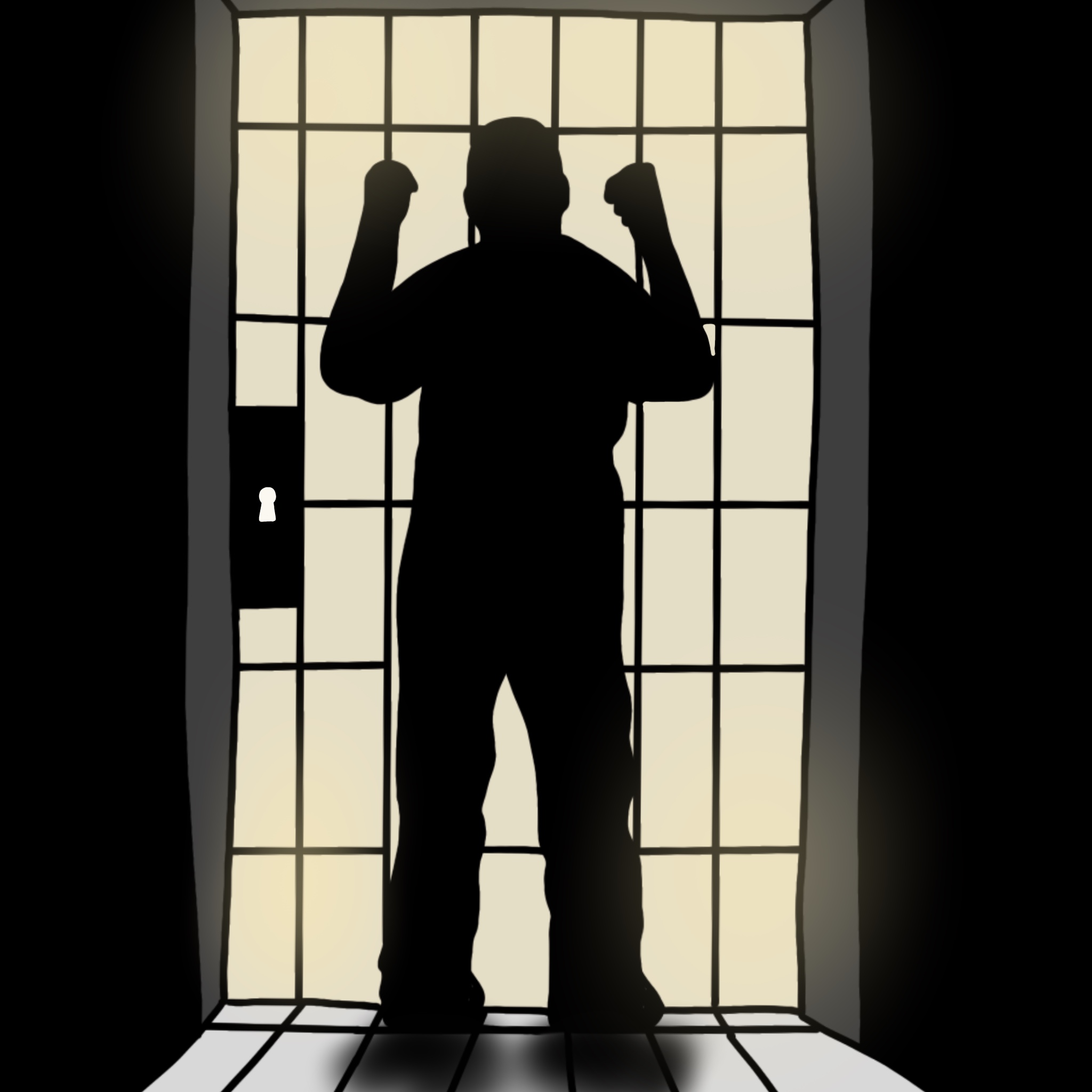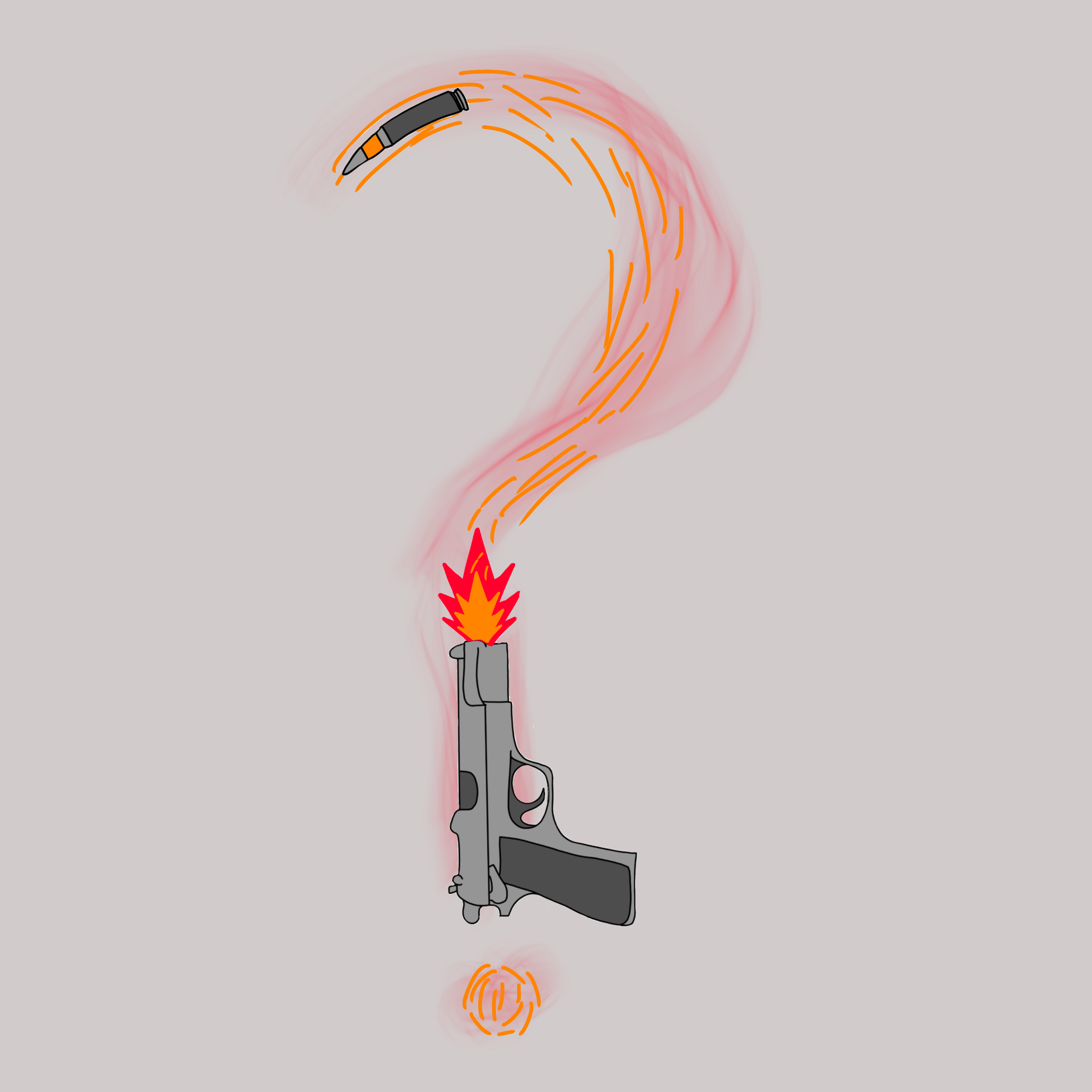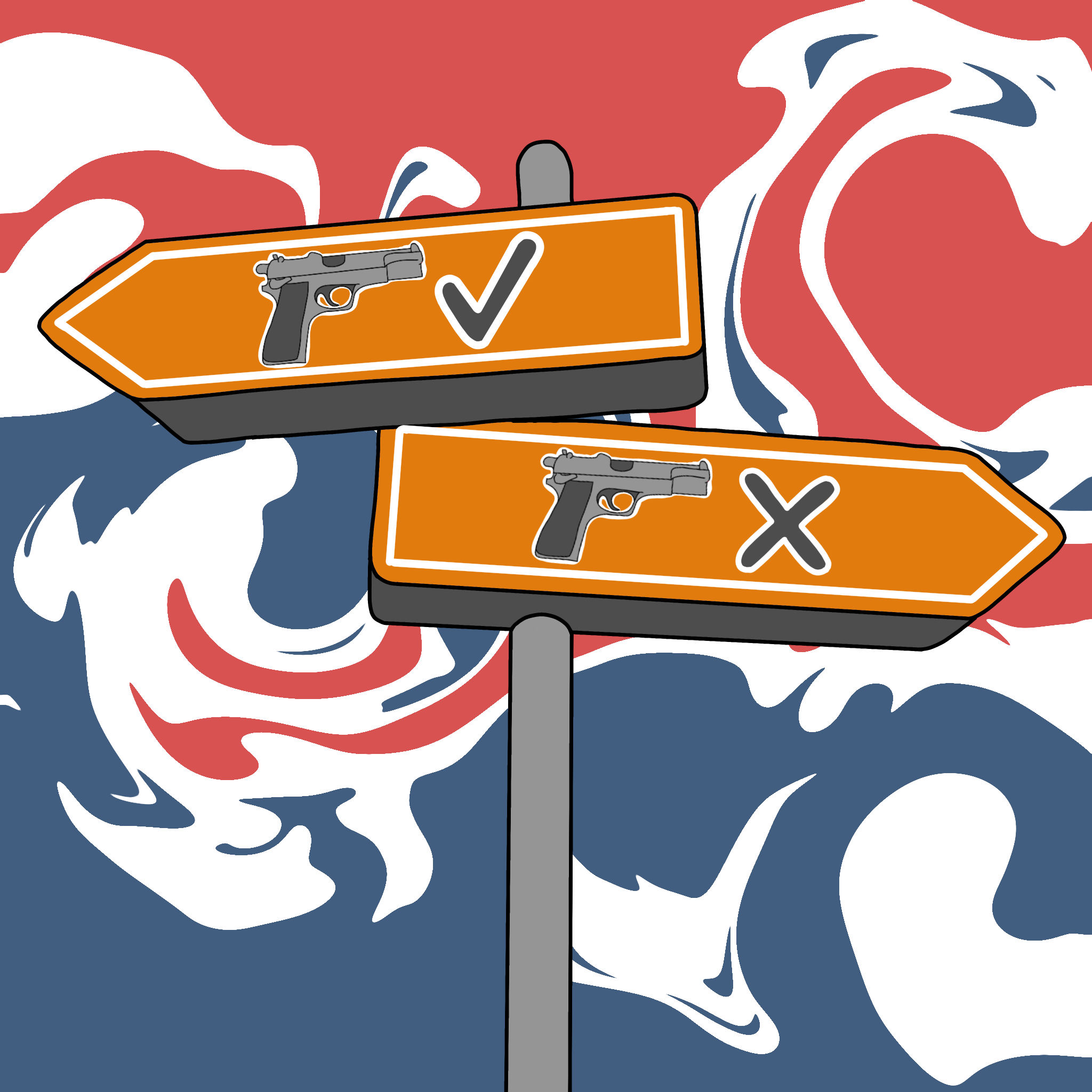500 percent. That’s the growth of our prison population since 1970, says American Civil Liberties Union; it also listed fractions - one in three, one in six, and one in seventeen - separately corresponding to the odds of black, latino, and white boys and their odds of any type of imprisonment in their lifetime. Obviously, our prisons aren’t just growing indiscriminately. So what does that mean for a society obsessed with crime and (unequal) punishment?
This article sought to link popular culture with basic data to help inform a general knowledge of the cause and effects of Modern Mass Incarceration.
Our first stop was in the beginning of the 70s, where president Nixon led the United States on a series of policies to combat illegal drug production, distribution and consumption which he later coined the “War on Drugs”. The policy is now worldwide, but for the United States, this meant longer sentences and stricter sentencing standards. You might know Scarface, the movie that tells of ambition turned vice, following the story of Tony Montana, a Cuban immigrant turned drug lord. This story is very much set in its milieu of the 1980s, now 10 years from the beginning of the on-going war on drugs. The movie itself not only offered perspective into the minds twisted by the excess of ambition and materialism, but also sets an accurate (in spirit) depiction of the crime scene involving drug importation.
With billions invested into the construction of new prisons and an unprecedented rising number of convicts coupled with inadequate funding for reintegrating ex-criminals into society, any period of life behind bars can feel like a life-sentence. Truly, the emphasis on punishment over correction in our prison systems is the biggest tragedy, one that left many people behind, with no real prospect of catching up.
Our cultural notion of prison escape then, is understandably pessimistic and necessarily harsh. Compared to Escape from Alcatraz, a 1979 prison escape film which became the 15th highest grossing film of that year, the 1994 film Shawshank Redemption is a box office flop, with negative initial critical response. The film release coincides with the height of “tough on crime” rhetoric, of which none other than our president Joe Biden is a part of. But subsequent generations have taken Shawshank to the highest prestige due to its moving story and its criticism of the social condition - the institutionalization of criminals, the notion that criminals, either due to long sentences or trauma, became better acclimated to the prison rule of power and it’s hierarchies than those of free society. Abuses in criminal labor are also prevalent in this film, which mirrors reality also, where criminals are put to work for no pay. Sounds familiar? Hence some critics of the prison system linking prison labor to slavery.
The Shawshank Redemption serves as an example of how films can reflect a truth despite its fictionality. But most importantly, after 50 years of expanding prisons, I think it’s time to invest also in the rehabilitation and reintegration of criminals. Once you get behind, you stay behind.
Written by Brian Yu

 Gradual Uptick
Gradual Uptick